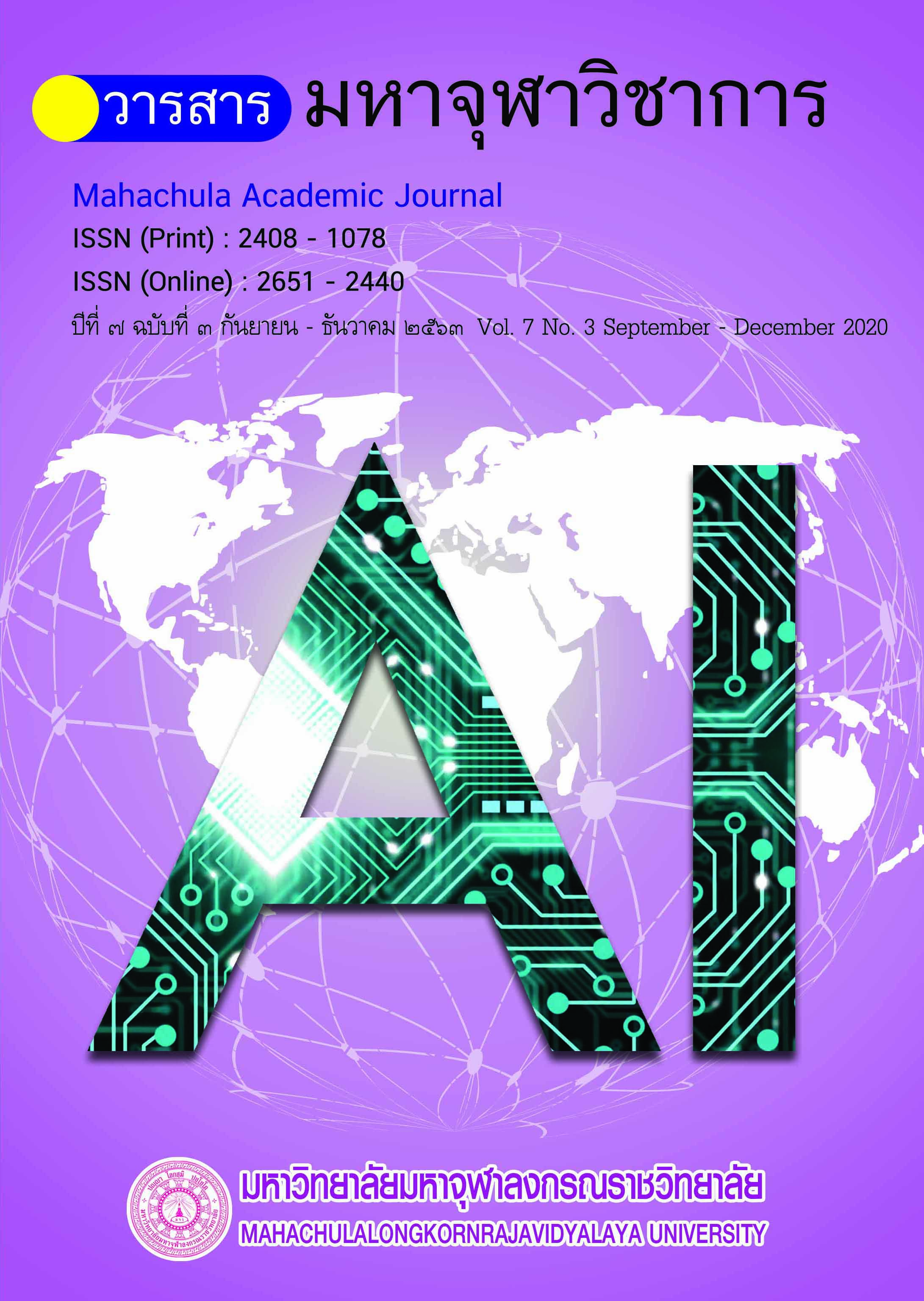Siddhattha’s birth Status
Main Article Content
Abstract
The life of Siddhattha (the Lord Buddha) is a part of the background to his teaching. So as to approach Buddhist doctrines, knowledge of Siddhattha’s background life should be studied. Though modern Hinduism has tried to present the Lord Buddha as a Hindu and Buddhism as a branch of Hinduism, the Buddhists say that is therefore entirely non-sense.
India in those days was populated by many autochthonous people who were then far numerous than Vedic Aryan and Aryanized tribes and races. According to historical data, Siddhattha was born in a non-Vedic culture. There is no evidence to think that Vedicism was prevalent among the Sakyas (including Koliyas Mallas and Licchavis). On the contrary, the ideologies of recluses (Pabbajjitas, Samanas) seem to have been contributions of non-Aryan and pre-Aryan people of India.
Siddhattha was born in belonged to the Samana culture which was elder than the Vedic Brahmanic culture. He was educated by sages or ascetics (Muni) who succeeded in primary knowledge of ancient India since pre-historical age. So, he was not an Aryan. He established the Ariya community in the particular sense of Buddhism, not the sense of Aryan Brahmanism. There is a special characteristic of a new form of community that never come into pre-Buddha age.
Article Details
References
กรุณา กุศลาสัย เก็บความ แปล และเรียบเรียง จาก Brahmanism, Buddhism and Hinduism. กรุงเทพมหานคร. สำนักพิมพ์แม่คำผาง, ๒๕๓๖.
พลตรีเดช ตุลวรรธนะ. เรียนพุทธศาสนาอย่างปัญญาชน เล่ม ๑-๗. กรุงเทพมหานคร: โรงพิมพ์อักษรสมัย, มปป.
พระธรรมปิฎก (ป. อ. ปยุตฺโต). คนไทยหลงทางหรือไร. พิมพ์ครั้งที่ ๒. กรุงเทพมหานคร: มูลนิธิพุทธธรรม, ๒๕๓๘.
มหาจุฬาลงกรณราชวิทยาลัย. พระไตรปิฎกภาษาไทย ฉบับมหาวิทยาลัยมหาจุฬาลงกรณราชวิทยาลัย. กรุงเทพมหานคร: โรงพิมพ์มหาจุฬา, ๒๕๓๙.
มหาจุฬาลงกรณราชวิทยาลัย. อรรถกถาภาษาไทย ฉบับมหาวิทยาลัยมหาจุฬาลงกรณราชวิทยาลัย. กรุงเทพมหานคร: โรงพิมพ์มหาจุฬา, ๒๕๕๓.
สมเด็จพระพุทธโฆษาจารย์ (ป. อ. ปยุตฺโต). พระพุทธศาสนาในฐานะเป็นรากฐานของวิทยาศาสตร์. พิมพ์ครั้งที่ ๑๕. กรุงเทพมหานคร: สำนักพิมพ์ผลิธรรม, ๒๕๕๘.
Chatterji, Suniti kumar Ed. The Cultural Heritage of India.5th. Vol. I,Calcutta: The Ramakrishna Mission Institute of Culture, 1982.
Joshi, Lal Mani. Discerning the Buddha. New Delhi: Munshiram Manoharlal, 1983.
Kosambi, D. D. An Introduction to the study of Indian History 7th. Bombay: Lahooti Art Press, 1994.
Lal Mani Joshi. Discerning the Buddha. New Delhi: Munshiram Manoharlal, 1983.
Mahajan, V.D. Ancient India 19th. New Delhi: S. Chand $ Company Ltd, 1997.
Malalasekere, G. P. Pali Proper Names II V. Delhi: Munshiram Manoharal, Rapson, E.J. ed. The Cambridge History of India Vol. I. Delhi: S. Chand & CO., 1955.
Swapan k Biswan. Buddhism the religion of Mohenjodaro & Harappa Cities. Delhi: Richa Offset Press Shahara.


